Introduction
Stir-fried tien chi leaves, a dish deeply rooted in traditional Chinese cuisine, offers a harmonious blend of earthy flavors and textural contrasts. Tien chi, scientifically known as Panax notoginseng, is a medicinal herb revered for its potential health benefits, including promoting blood circulation and reducing inflammation. When transformed into a culinary delight through stir-frying, this humble green becomes a vibrant centerpiece of any meal. This article delves into the intricacies of preparing stir-fried tien chi leaves, from selecting the freshest ingredients to mastering the cooking technique. Whether you are a seasoned home cook or a curious novice, this guide will equip you with the knowledge to create a dish that tantalizes the taste buds and nourishes the body.
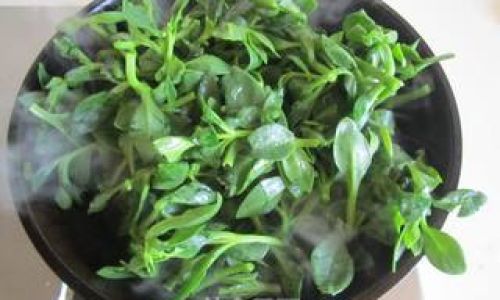
The Allure of Tien Chi Leaves
Tien chi leaves, also called “san qi” in Mandarin, are characterized by their serrated edges and deep green hue. Unlike conventional leafy greens, tien chi boasts a slightly bitter undertone that mellows into a delicate sweetness when cooked. This unique flavor profile makes it a versatile ingredient, pairing exceptionally well with garlic, ginger, and savory sauces. Beyond its culinary appeal, tien chi has been used in traditional Chinese medicine for centuries, believed to support cardiovascular health and aid in recovery from injuries. Stir-frying preserves its nutritional integrity while unlocking its full flavor potential.
Ingredients: The Foundation of Flavor
To elevate tien chi leaves into a memorable dish, gather the following ingredients:
- Fresh Tien Chi Leaves (300 grams): Prioritize crisp, vibrant leaves free from wilting or yellowing.
- Garlic (4 cloves): Mince finely to release its pungent aroma.
- Ginger (1-inch piece): Julienne for a subtle heat.
- Cooking Oil (2 tablespoons): Opt for peanut or vegetable oil for high-heat cooking.
- Soy Sauce (1 tablespoon): Use light soy sauce for saltiness without overpowering the dish.
- Oyster Sauce (1 teaspoon, optional): Adds depth and umami; substitute with mushroom sauce for a vegan alternative.
- Sugar (½ teaspoon): Balances bitterness and enhances caramelization.
- Salt and White Pepper (to taste): Seasoning agents to refine flavors.
- Sesame Oil (½ teaspoon): A finishing touch for aromatic complexity.
- Chili Flakes (optional): For those craving heat.
Preparation: The Key to Perfection
-
Cleaning and Trimming:
- Rinse tien chi leaves under cold water to remove dirt. Gently pat dry with a kitchen towel or salad spinner to prevent excess moisture, which can lead to sogginess during cooking.
- Trim tough stems, retaining only the tender leaves and upper stalks.
-
Aromatic Prep:
Peel and mince garlic cloves. Julienne ginger into thin matchsticks. Set aside separately to control flavor distribution.
-
Sauce Mixture:
In a small bowl, combine soy sauce, oyster sauce (if using), sugar, and a pinch of white pepper. Stir until sugar dissolves. This pre-mixed sauce ensures even seasoning.
The Stir-Frying Technique: A Dance of Heat and Timing
Stir-frying is a high-heat, quick-cooking method that demands precision. Follow these steps for optimal results:
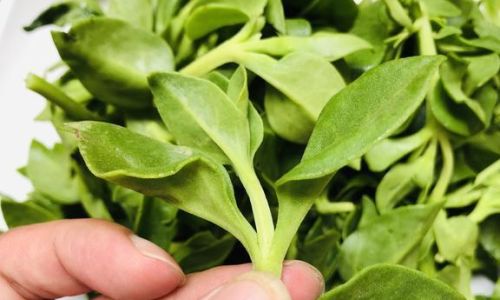
-
Heat the Wok:
Place a carbon-steel wok over high heat. Allow it to smoke lightly—a sign of adequate temperature. Add oil and swirl to coat the surface evenly.
-
Aromatic Infusion:
Toss garlic and ginger into the wok. Stir-fry for 10–15 seconds until fragrant but not browned. Overcooking aromatics imparts bitterness, so vigilance is key.
-
Leafy Green Introduction:
Add tien chi leaves to the wok. Use tongs or a spatula to toss continuously, ensuring each leaf is coated in oil. The leaves will wilt rapidly, reducing in volume by nearly half.
-
Sauce Integration:
Drizzle the pre-mixed sauce over the leaves. Continue stirring to distribute flavors evenly. The sugar in the sauce will caramelize slightly, adding a glossy sheen.
-
Final Touches:
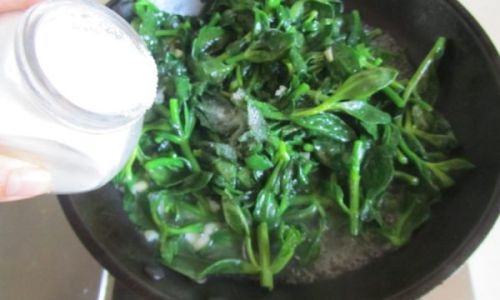
Sprinkle salt and adjust seasoning if needed. For a hint of smokiness, add a splash of sesame oil during the last 5 seconds of cooking. Remove from heat immediately to prevent overcooking.
Pro Tips for Culinary Mastery
- Wok Height: Ensure your wok is positioned over the hottest part of the stove to maintain searing heat.
- Batch Cooking: Avoid overcrowding the wok; cook in batches if necessary to preserve the leaves’ vibrant color.
- Texture Preservation: Stir-fry for no more than 2 minutes to retain a slight crunch—a hallmark of expertly cooked greens.
Variations and Customizations
Stir-fried tien chi leaves adapt beautifully to personal preferences. Experiment with:
- Protein Additions: Toss in sliced chicken, shrimp, or tofu during the aromatic stage for a heartier meal.
- Vegetable Medley: Incorporate mushrooms, bell peppers, or snap peas for added texture and nutrition.
- Spice Level: Amplify heat with fresh chili peppers or a dash of Sriracha.
Serving Suggestions
Present stir-fried tien chi leaves as:
- A Side Dish: Pair with steamed jasmine rice or garlic noodles.
- A Main Course: Serve over quinoa or brown rice, topped with a fried egg.
- Part of a Feast: Include in a banquet-style spread alongside dumplings and stir-fried beef.
Health Benefits: Nourishment Beyond the Plate
Beyond its culinary appeal, stir-fried tien chi leaves offer a wealth of health benefits:
- Anti-Inflammatory Properties: Compounds like saponins may reduce inflammation.
- Antioxidant-Rich: Flavonoids combat oxidative stress, supporting cellular health.
- Digestive Aid: The fiber content promotes gut health and regularity.
Cultural Significance
In Chinese households, tien chi leaves symbolize resilience and vitality. Stir-frying, a technique dating back over 2,000 years, transforms this medicinal herb into a dish that bridges tradition and modernity. During festivals like Lunar New Year, stir-fried tien chi leaves often grace tables as a symbolic gesture of health and prosperity.
Troubleshooting Common Pitfalls
- Soggy Leaves: Ensure the wok is sufficiently heated before adding oil. Excess moisture from unwashed leaves can also cause steaming instead of stir-frying.
- Bitter Aftertaste: Overcooking intensifies bitterness. Remove leaves promptly once they wilt.
- Bland Flavor: Increase garlic or ginger quantities, or add a splash of rice vinegar for acidity.
Conclusion: A Dish of Timeless Elegance
Stir-fried tien chi leaves embody the essence of Chinese home cooking—simple yet profound, nourishing yet exhilarating. By mastering the balance of heat, timing, and seasoning, you elevate this humble green into a culinary masterpiece. Whether enjoyed as a humble weekday meal or showcased at a festive gathering, this dish invites diners to savor the harmony of flavor and tradition. So, heat your wok, gather your ingredients, and embark on a journey to rediscover the magic of tien chi leaves. Your palate—and your health—will thank you.
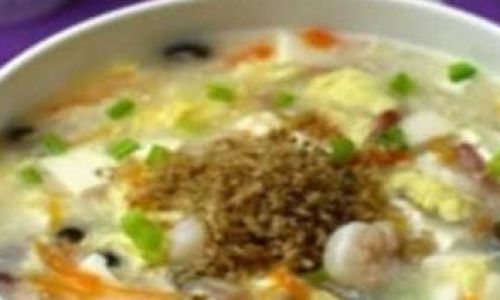
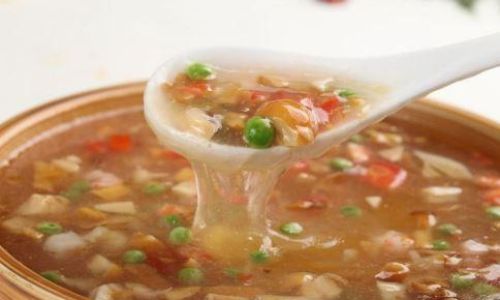

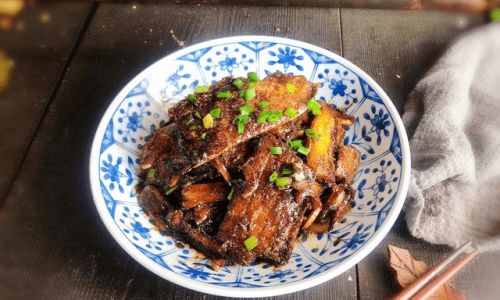
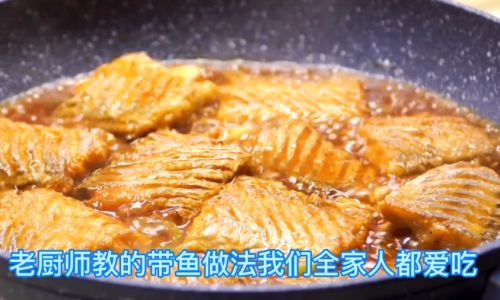
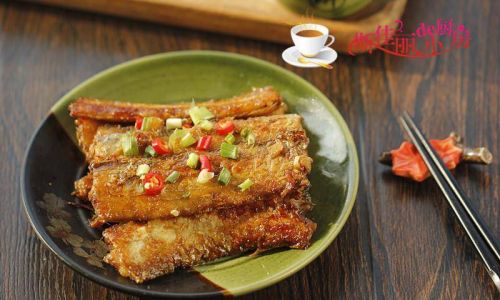
0 comments